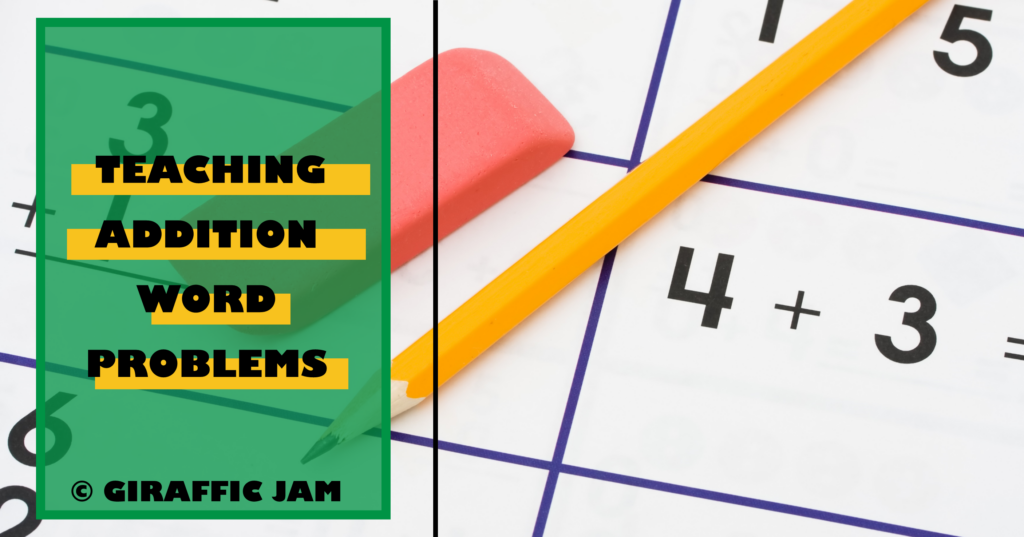
Teaching addition word problems doesn’t have to be hard. But, it is a fundamental skill in early mathematics education. Teaching addition isn’t just about numbers; it’s about turning little thinkers into problem-solving wizards. We’re here to share some super cool and easy ways to help kids get the hang of addition in real-life situations. Forget the boring old drills – we’re talking about fun, practical tips that make learning addition a breeze for your students or your own kiddos. Whether you’re a teacher looking for some fresh ideas or a parent eager to help out with homework, this post is your go-to guide for making addition as easy as 1, 2, 3.
Addition word problems are a way for your kids to practice adding numbers, but instead of just seeing numbers on a page, they get to solve a mini-story. Imagine a problem like, “Sam has 2 toy cars, and his friend gives him 3 more. How many toy cars does Sam have now?” This isn’t just about adding 2 and 3; it’s about understanding a real-life situation where adding comes into play.
What’s cool about these problems is that they help your child see how math is used in the real world. It’s not just about crunching numbers; it’s about thinking, “Okay, what am I really being asked to find out here?” They get to use their detective skills to pick out the important bits of information and use them to find the answer. This way, math becomes a fun puzzle to solve, not just memorizing facts and figures. Plus, it’s a great way to boost their problem-solving skills and make them confident in handling everyday math challenges!
Wait! Before you go to teaching addition word problem keywords, remember that keywords should NOT be the only strategy you use when teaching addition word problems!
Why?
Read these problems:
Jase has 7 bananas and 4 apples. How many fruits does he have in all?
Jase has 8 bananas. He gives away 4 bananas. How many fruits does Jase have in all?
Jase has 3 bags. Each bag has 4 apples. How many apples does he have in all?
Jase has 18 apples. He puts 3 apples in each bag. How many bags does he have in all?
If you taught that “in all” ALWAYS means addition, your students would be wrong 75% of the time! Keywords should be taught as a tool, not as the ‘be all, end all’ when working with word problems!
Students should ask themselves three questions:
If their answers are “no, no” then they will be adding!
Want to make the above strategy even easier?
A visual chart is a great way to do that!

This free resource can be used with ANY word problem – just put it in a dry erase pouch so students can use it again and again!
Teaching addition word problems doesn’t have to be challenging. With a visual chart, students can see when they need to add, subtract, multiply, or divide. With practice and numberless word problems, students will be solving problems in no time!